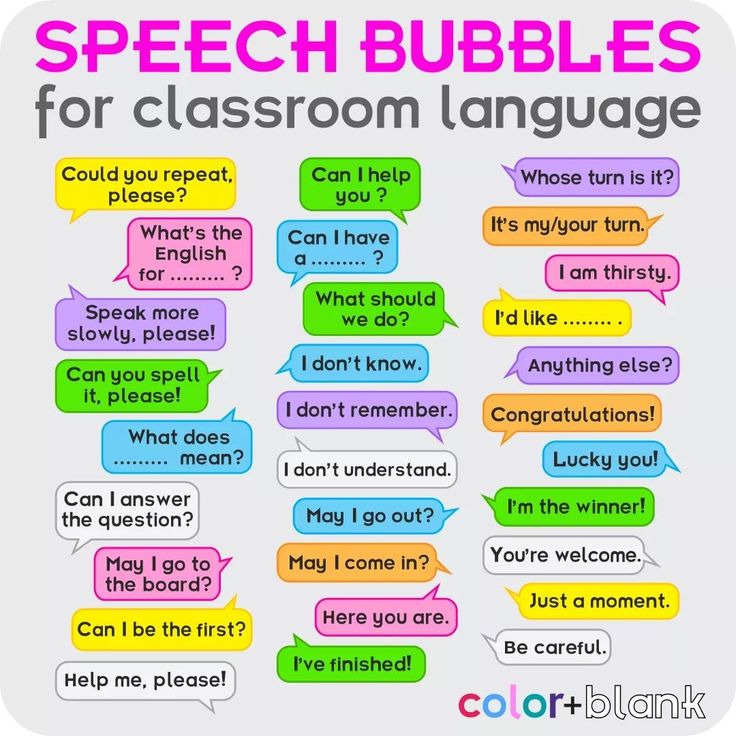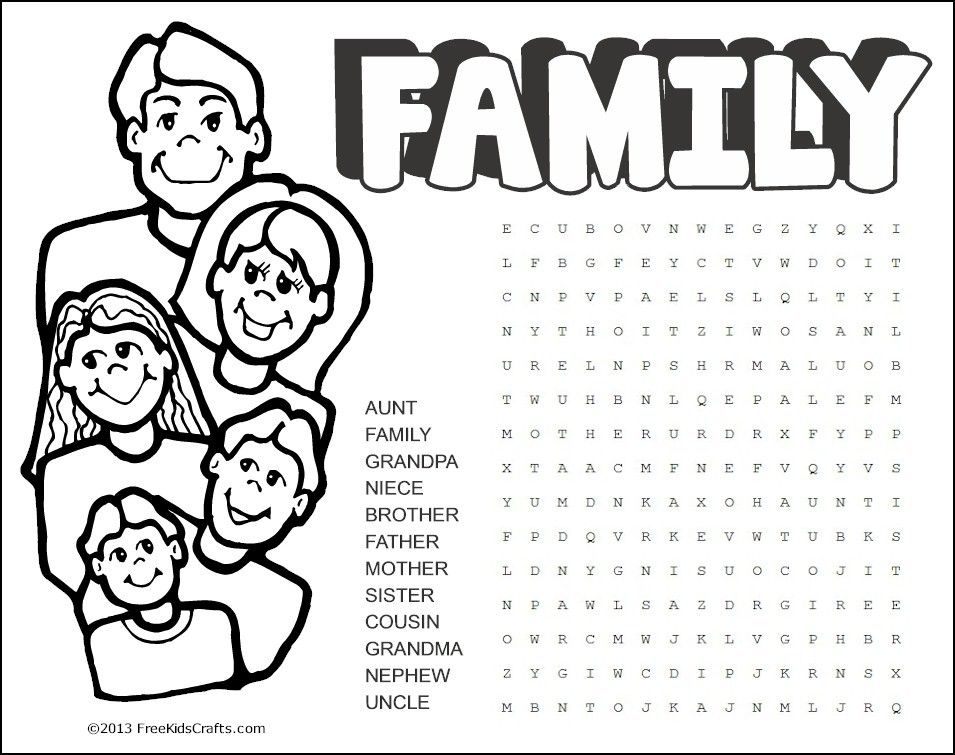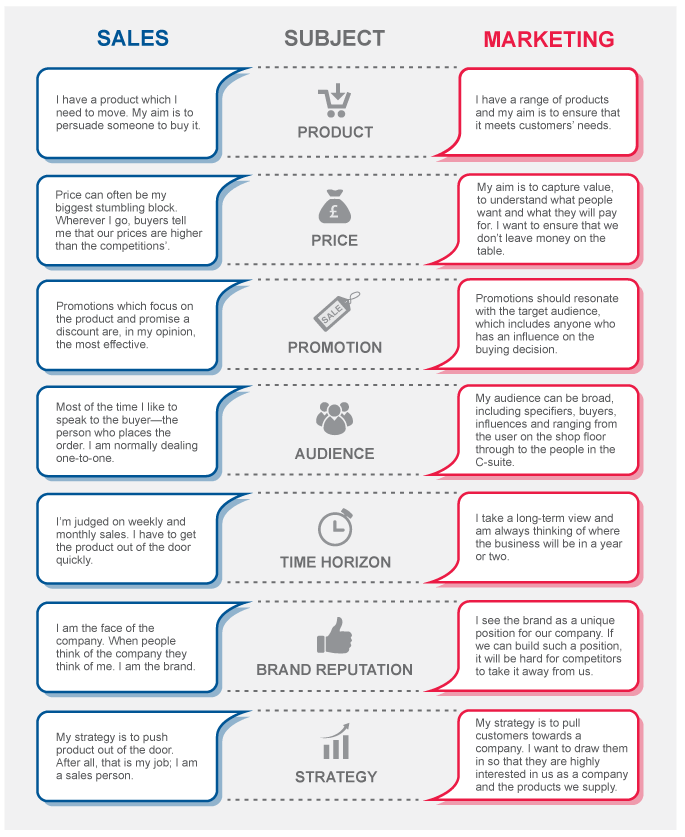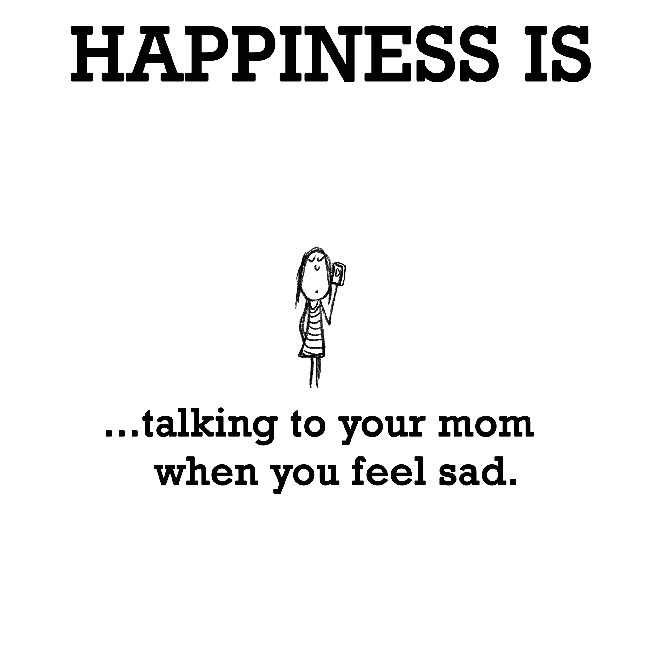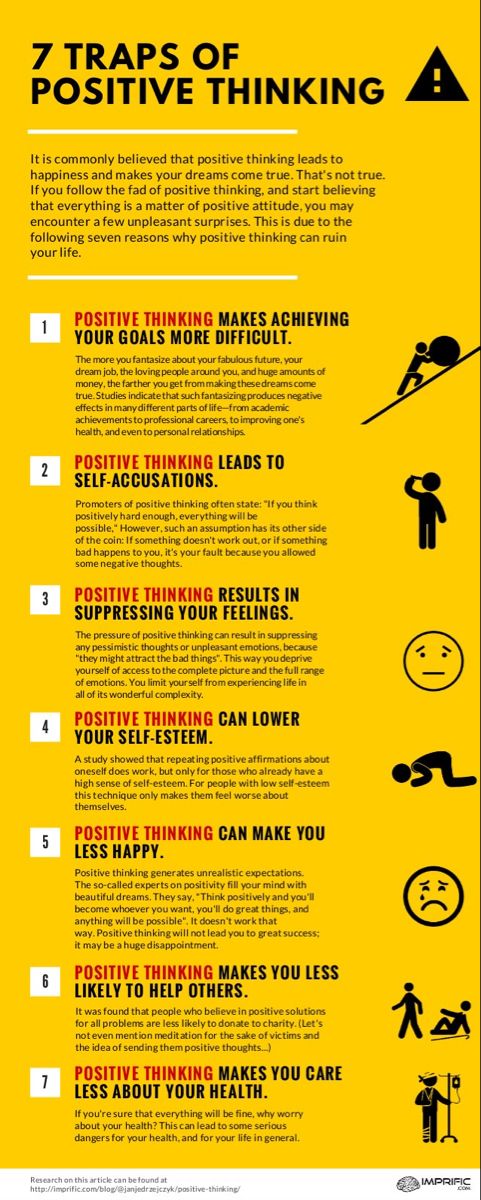Teaching toddlers to pay attention
9+ Ways to Capture (and Keep) Your Toddler's Attention
- Gabrielle Fischer | Posted On Feb 8, 2017 | Social-Emotional Learning
Getting a toddler to pay attention to what you’re saying can be frustrating. And if you expect them to follow directions, forget about it.
The thing is, you get it. You know that whether they’re 18-months or 3-years old, toddlers are easily distracted. It’s developmentally appropriate for them to have short attention spans and immature communication skills. You also know that these youngsters are exploring their independence. What mommy has to say can wait, right?
Well, not necessarily. It can be easier than you think to capture... and keep... your toddler's attention. Check out the 9 tips below...
When you speak, they might be hearing the teacher from Charlie Brown, “Wah wah wah wah wah.” Maybe, instead of saying, “Brendan, darling, I’m hoping you’ll help mommy by putting these trains back in the box because we’re going to the store soon and….,” say ”Brendan, please put your trains in the box now.”
2. Be specificThe directive to “clean up the playroom” might overwhelm your child, especially if there’s a floor full of tracks, engines, dolls, and fish shaped crackers. They just don’t know where to start, so they keep on playing. It might make more sense for you to start with something simpler like, “Put all of the tracks in this green box.” Then you can give the next directive.
3. Ride out their emotionsIf your toddler is acting out because they’re really angry or tired, they’re definitely not in a good “head space” to listen to you.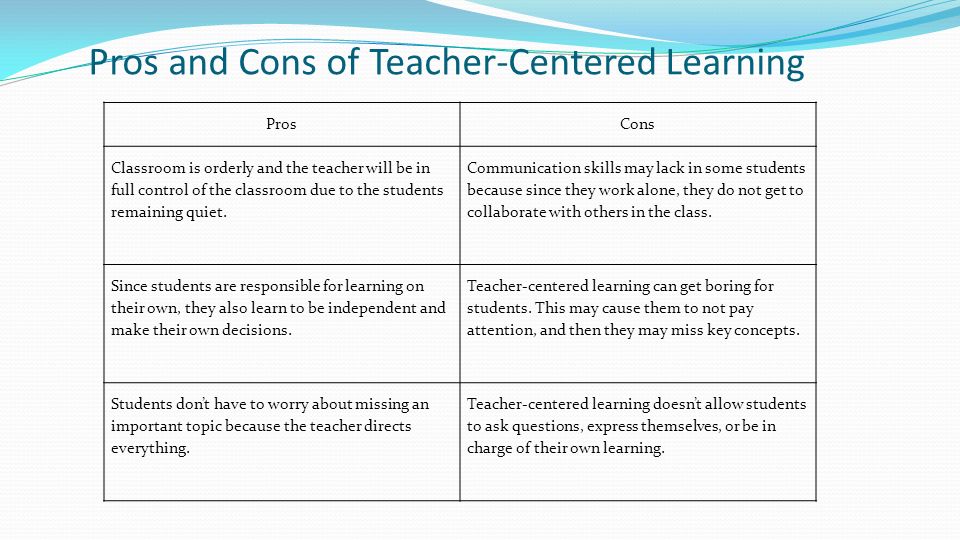 Be patient and validate their feelings. It works better than criticizing them for crying or not listening. Then you can move on to what you’d like them to do.
Be patient and validate their feelings. It works better than criticizing them for crying or not listening. Then you can move on to what you’d like them to do.
Instead of yelling something from the other room, move to where they are. Crouch down to their level and look them in the eyes. This gets their attention while also letting you know they are ready to listen.
5. Make them part of decisionEven though they’re young, toddlers like to make decisions. With a toddler, though, you can’t ask them an open-ended question like, “What do you want for lunch?” It’s better when they have two options, such as “Would you like grilled cheese or a turkey roll?”
6. Use the word whenToddlers want what they want and they want it now, and even though you’ve asked them to put their crayons away 10 times, they’re perfectly willing to leave them all over the table if you’ve told them you’re taking them to the park. That’s when you say, “When you pick up your crayons, we’ll go to the park.” Then they know that the park is contingent upon their compliance.
That’s when you say, “When you pick up your crayons, we’ll go to the park.” Then they know that the park is contingent upon their compliance.
Building listening skills involves receiving and giving information—and it takes both focus and practice. When you’ve asked them to do something, have them repeat back what you’ve said by saying, “What does Mommy want you to do?”
8. Give positive feedbackWhy not compliment your toddler when they’re doing a great job listening? It’s so easy to point out when they’re not listening, but positive reinforcement can help them make better choices (i.e. listen!) during future interactions.
9. Make listening funThere are some delightful things you can do to help your toddler develop listening skills:
- Use a puppet to talk to them about anything. It works on children’s TV shows, right?
- Set up a treasure hunt.
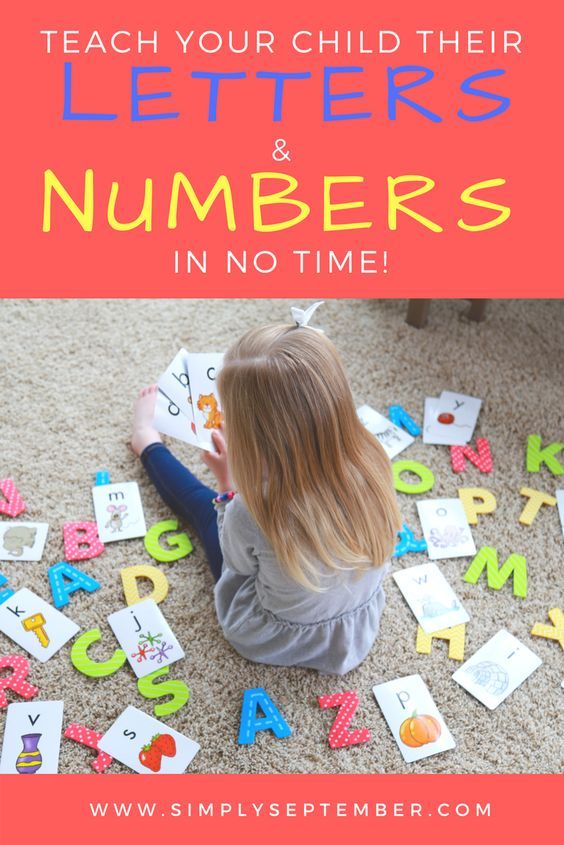 They have no choice but to pay attention and follow your directions if they want to find rewards.
They have no choice but to pay attention and follow your directions if they want to find rewards. - Give your activity a theme song. In addition to being silly, it can help them learn and make connections. It makes cleaning up less boring for you, too.
- Read together. This might be the perfect way to help your child engage and listen while spending quality time with you.
- Play Games. Practice with games that require listening skills, like name that toddler tune or I spy.
Share this post
Related Posts You Might Enjoy
Patria Lincoln | Posted on Apr 11, 2023
End of Summer Tie-Dye Beach Towels!
{{widget type="Magento\Cms\Block\Widget\Block" template="widget/static_block/default.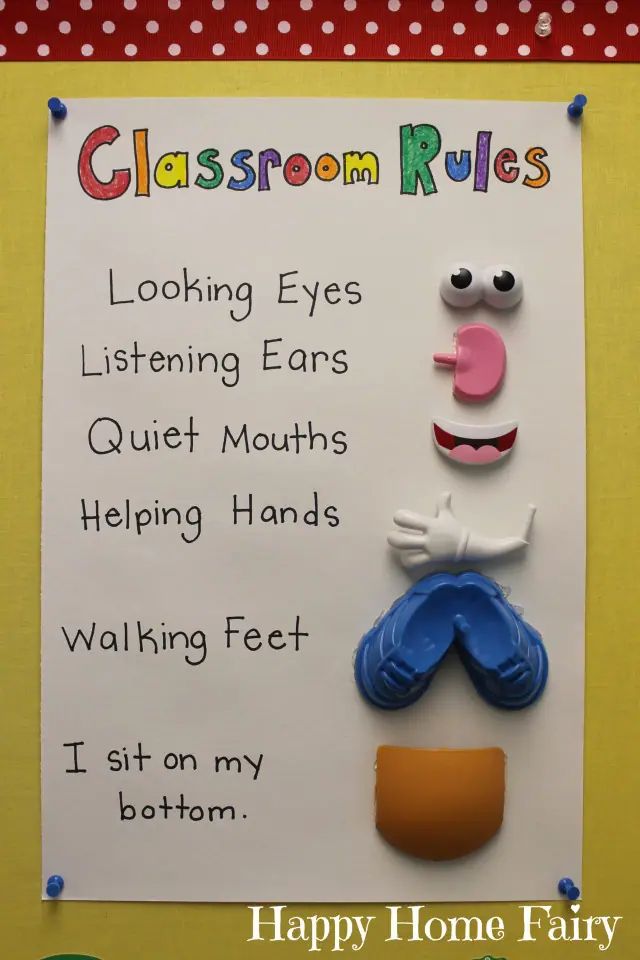 phtml" block_id="2053" type_name="CMS Static Block"}}
phtml" block_id="2053" type_name="CMS Static Block"}}
Let's bid farewell to Summer in style by creating tie-dye beach towels with the help of the color wheel, rainbow order, mixing, and pigment strength. Set up the activity in the comfort of your backyard, and don't forget to grab some gloves and plastic coverings if you aren't on grass.
What you'll need
- Spray Tie Dye Kit
- Duct Tape
- Beach or Bath Towels
- Warm Water
- Twisty Droppers
- Color Wheel
Tie-Dye Beach Towel Materials
This activity works best with the widely available spray tie-dye kits. They dry faster, making the application easier for even the youngest beach-goers.
Grab white beach or bath towels (the fluffier, the more color-absorbent), lots of duct tape, hot water for mixing the tie-dye, and the spray kit.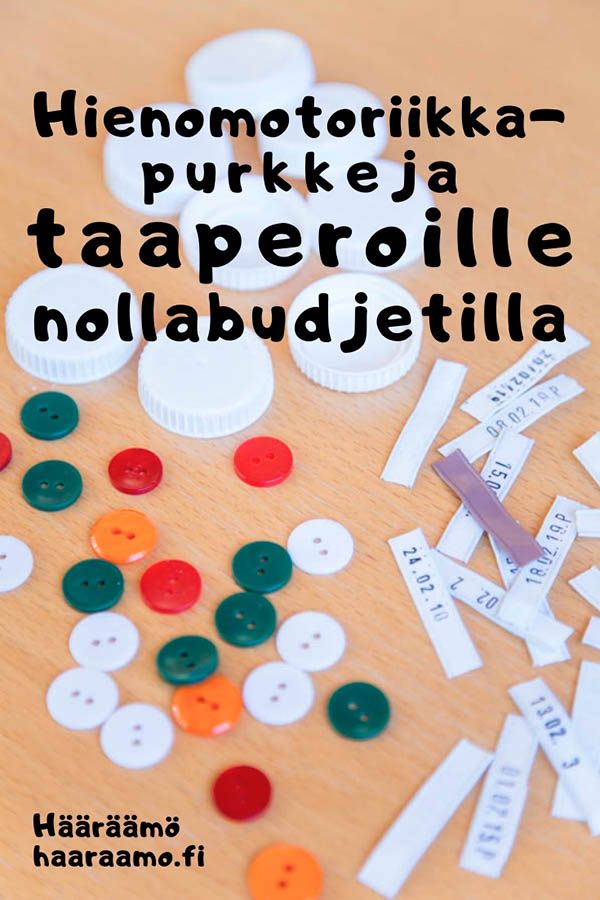
Lay your towel out on a flat surface, smoothing it out. Spell out your child’s name across the towel using the tape and moving slowly.
Make it a Learning Experience
Keep the color wheel handy as a guide. It is a great visual tool for classifying spectral wavelengths from red to violet.
Depending on the options available in the tie-dye set you’ve purchased, look at your color wheel and separate your bottles into primary, secondary, and tertiary categories.
Next, put on your gloves on a covered surface or grass and mix the tie-dye with the warm water. What colors are made from primary colors? Working from the color wheel, which colors will look best near each other on the towel?
Let the Fun Begin
With those gloves on, let the spraying begin! Be glad you have on gloves! The bottles can get messy fast.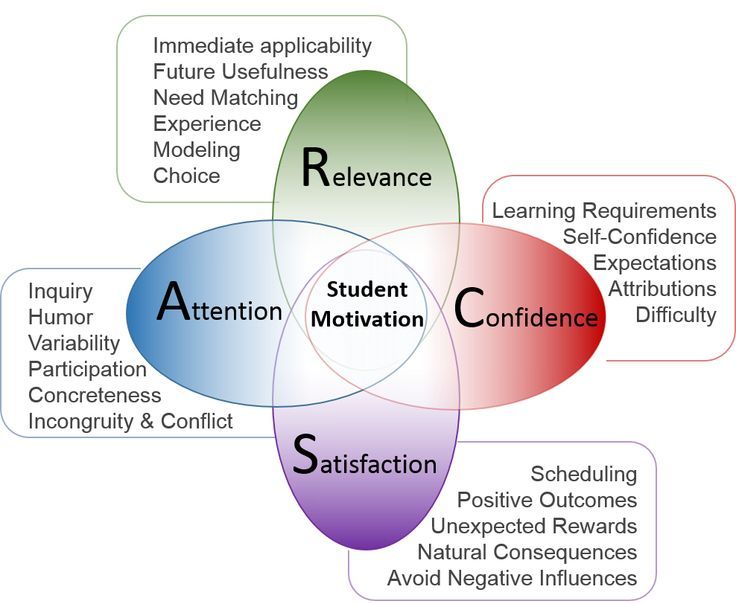 If you prefer the traditional route of tie-dying, try using Twisty Droppers! Pigment strength was brought up: how do we intensify the color?
If you prefer the traditional route of tie-dying, try using Twisty Droppers! Pigment strength was brought up: how do we intensify the color?
It’s perfectly fine to get spray on the tape. Once the towel is pretty dry, flip it over to spray the backside! Flip back over and allow to dry completely. Wash the towels separately twice, alone in the wash.
The Benefits
- Creativity: Tie-dyeing allows children to express creativity through color and pattern choices. They can experiment with combinations and see how they turn out, encouraging them to think outside the box and develop their artistic skills.
- Fine Motor Skills: This activity involves handling small objects, such as bottles and droppers, which can help children develop fine motor skills and hand-eye coordination.
- Science Exploration: Tie-dyeing also teaches children about science concepts like color mixing and pigment strength.
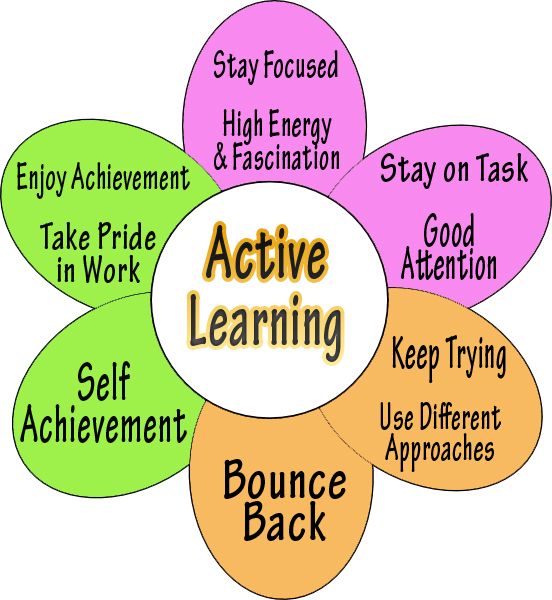 They can observe how primary colors combine to create secondary and tertiary colors and experiment with different dye ratios to water to create varying degrees of color intensity.
They can observe how primary colors combine to create secondary and tertiary colors and experiment with different dye ratios to water to create varying degrees of color intensity. - Sense of Achievement: Completing a project, such as tie-dyeing a beach towel, can give children a sense of accomplishment and pride in their work. They can use their monogrammed towels as a tangible reminder of their creativity and hard work.
- Bonding Experience: This activity can also be an excellent opportunity for parents and children to bond over a shared creative project, working together to create a unique and personalized item that they can enjoy using for years to come.
Voilà! Monogrammed beach towels created by your color-wheel-savvy children. Enjoy the summer!
READ MORE
Learning Resources | Posted on Mar 12, 2023
Learning Resources Snap-n-Learn Toys: The Perfect Easter Egg Alternative
Easter egg hunts are a beloved tradition but can be messy and time-consuming. Learning Resources Snap-n-Learn Toys are the perfect solution if you're looking for a fun alternative. This blog post will explore how these toys can be used as Easter egg alternatives and why they're a great addition to any child's toy collection.
Learning Resources Snap-n-Learn Toys are the perfect solution if you're looking for a fun alternative. This blog post will explore how these toys can be used as Easter egg alternatives and why they're a great addition to any child's toy collection.
What are Snap-n-Learn Toys?
Snap-n-Learn Toys are colorful, interactive toys designed to help young children learn essential skills such as counting, sorting, and matching. They come in various shapes and sizes and are made of durable plastic that can withstand the wear and tear of little hands.
Snap-n-Learn™ Shape Snails
These snails carry a load of new skills right on their backs! This 20-piece set features five numbered snails, each with a removable shape shell. Count 1-5, match by shape, number, color, and more. With their cute designs, these snails are great for pretend play, too!
Snap-n-Learn™ Narwhals and Friends
Narwhals and hide-inside shape friends (happy heart, smiley sun, lucky clover, and more!) help kids learn colors, build fine motor skills, and develop their imaginations. Match the bright pieces by color or shape, or mix them up and play!
Match the bright pieces by color or shape, or mix them up and play!
Snap-n-Learn™ Surprise Squirrels
Pop open the 5 textured acorns, discover the surprise squirrels, and start building shape, color, number, and matching skills. Squirrels double as finger puppets for fun imaginative play.
Shop All Snap-n-Learn™
Check out our full collection of Snap-n-Learn™ toys!
Using Snap-n-Learn Toys as Easter Egg Alternatives
Instead of filling plastic eggs with candy and trinkets, you can use Snap-n-Learn Toys as the eggs! These toys are not only fun to play with, but they also allow your child to learn and develop essential skills. For example, you can use the Snap-n-Learn toys to create a scavenger hunt, each containing a clue to the following location.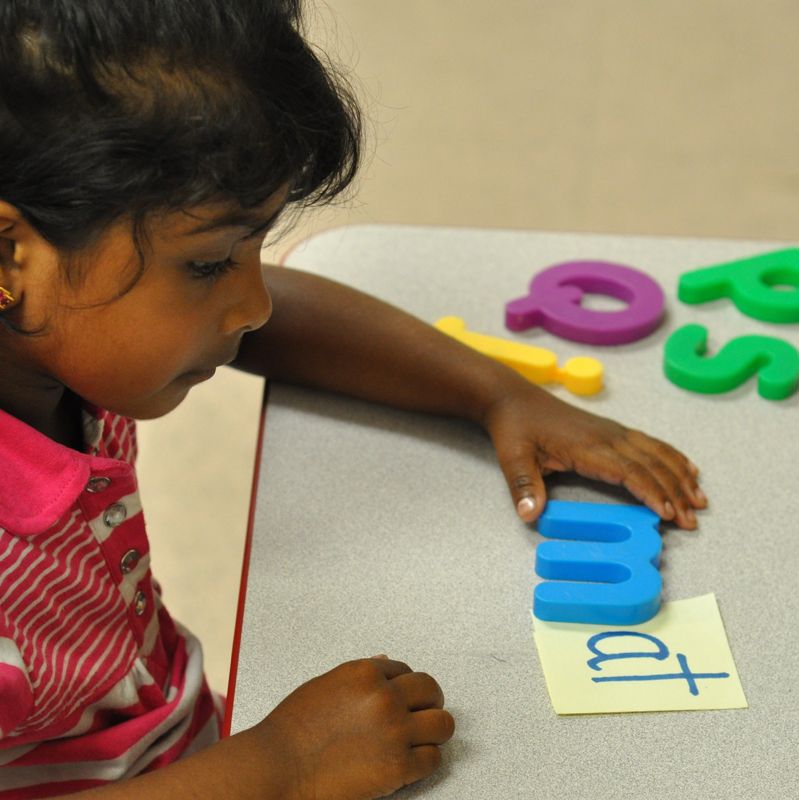
The Benefits of Snap-n-Learn Toys
Snap-n-Learn Toys are a fun and educational Easter egg alternative and provide numerous benefits for your child's development. These toys can help your child develop fine motor skills, hand-eye coordination, and problem-solving skills. They also encourage creativity and imagination, as your child can use the toys to create their own stories and scenarios.
Learning Resources Snap-n-Learn Toys are a perfect Easter egg alternative that is fun and educational. They allow your child to learn and develop essential skills while promoting creativity and imagination. Using these toys as Easter egg alternatives, you can create a memorable holiday tradition that your child will love.
READ MORE
Learning Resources | Posted on Apr 10, 2023
Envelope Saving System Printable Pack
Teaching kids about money and saving can be challenging, but it's an essential life skill that can benefit them in the long run.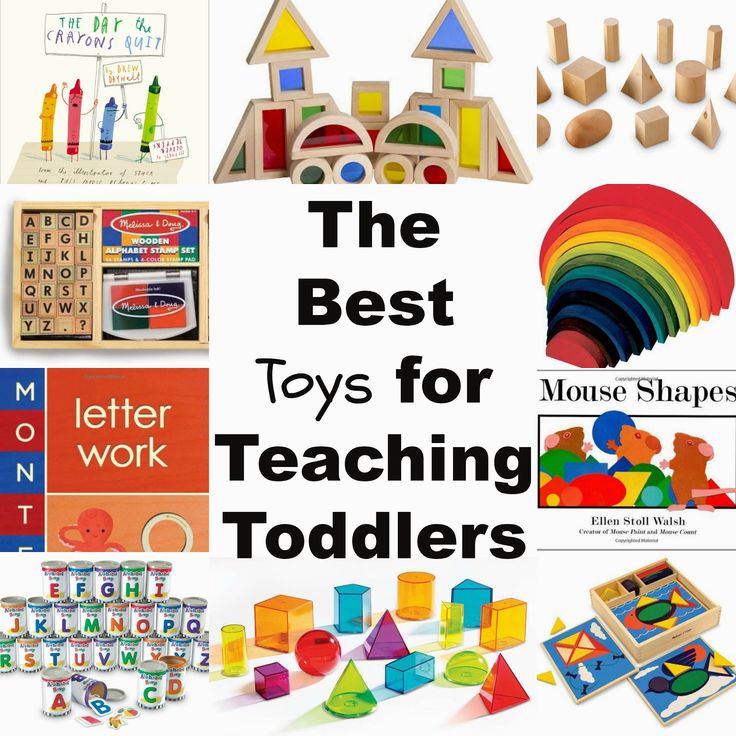 One way to make saving fun and engaging for kids is to use a printable envelope savings system. This system can help kids learn about budgeting, goal-setting, and the value of saving money.
One way to make saving fun and engaging for kids is to use a printable envelope savings system. This system can help kids learn about budgeting, goal-setting, and the value of saving money.
Using a printable envelope savings system is a fun and engaging way to teach kids about money and saving. By setting goals, tracking progress, and budgeting, kids can learn valuable life skills that will serve them well in the future.
Another fun and effective way to use a printable envelope savings system for kids is to incorporate printable money and eventually have them switch it out for real money once they reach their savings goal.
To start, you can print out a set of printable play money, which can be found online for free. Use this play money to help your child visualize their savings and expenses. For example, if they want to buy a toy that costs $20, you can give them five $4 bills to represent their savings. Then, you can work with them to create a budget and decide how much they need to save each week or month from reaching their goal.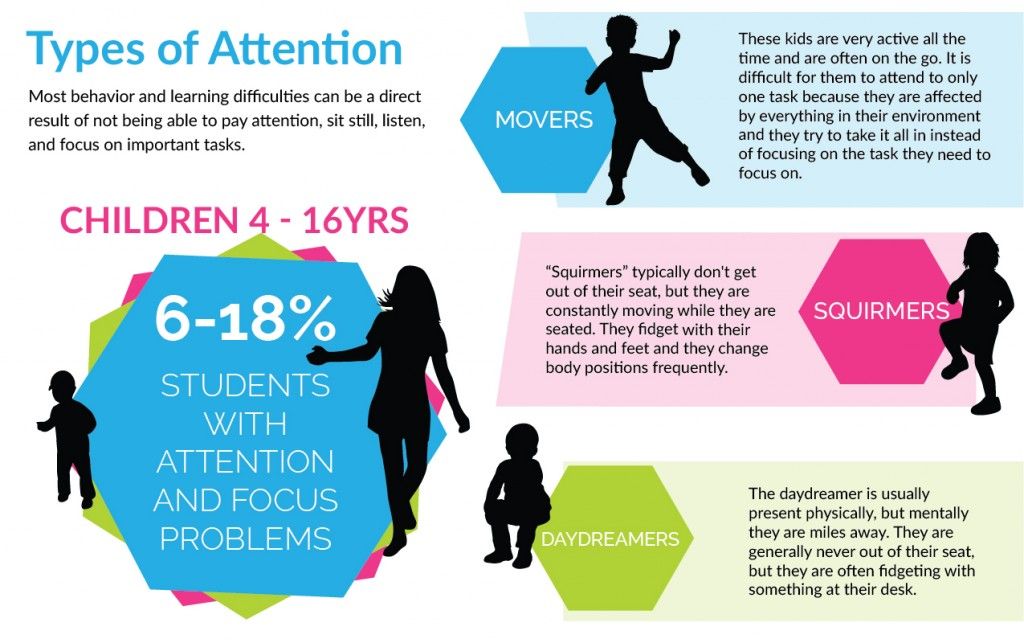
As your child adds more play money to their envelope, they'll see progress toward their savings goal. This can be a fun and motivating way for them to learn about the value of saving money.
Once your child reaches their savings goal, you can have a celebration and then help them switch out their play money for real money. This can be an excellent opportunity to teach them the importance of managing real money, such as depositing it into a savings account or spending it wisely.
Using a printable envelope savings system with printable money can be a fun and engaging way to teach kids about money and saving. By setting goals, tracking progress, and eventually using real money, kids can learn valuable life skills that will serve them well.
READ MORE
9+ Ways to Capture (and Keep) Your Toddler's Attention
Getting a toddler to pay attention to what you’re saying can be frustrating.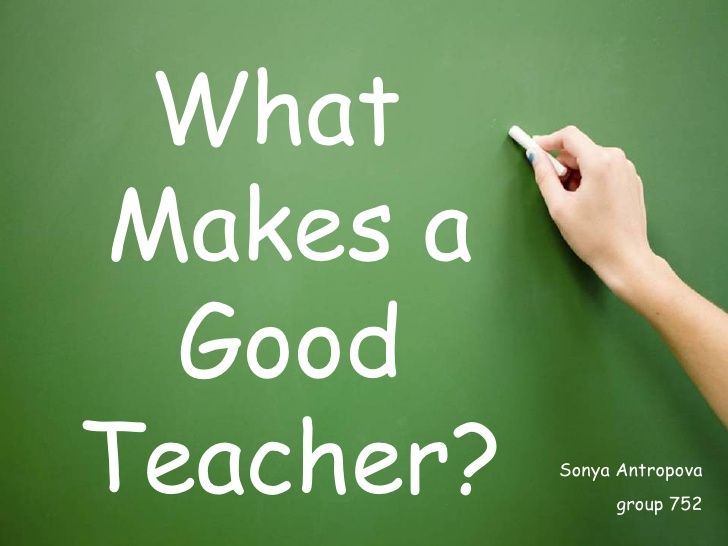 And if you expect them to follow directions, forget about it.
And if you expect them to follow directions, forget about it.
The thing is, you get it. You know that whether they’re 18-months or 3-years old, toddlers are easily distracted. It’s developmentally appropriate for them to have short attention spans and immature communication skills. You also know that these youngsters are exploring their independence. What mommy has to say can wait, right?
Well, not necessarily. It can be easier than you think to capture... and keep... your toddler's attention. Check out the 9 tips below...
1. Keep it simpleWhen you speak, they might be hearing the teacher from Charlie Brown, “Wah wah wah wah wah.” Maybe, instead of saying, “Brendan, darling, I’m hoping you’ll help mommy by putting these trains back in the box because we’re going to the store soon and….,” say ”Brendan, please put your trains in the box now.”
2. Be specificThe directive to “clean up the playroom” might overwhelm your child, especially if there’s a floor full of tracks, engines, dolls, and fish shaped crackers.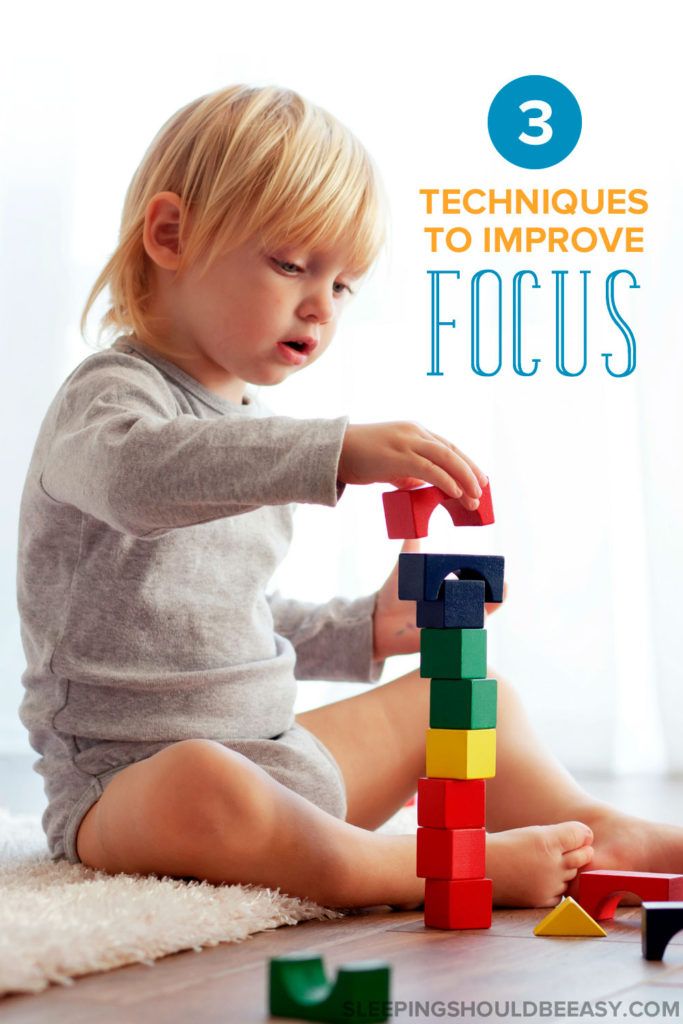 They just don’t know where to start, so they keep on playing. It might make more sense for you to start with something simpler like, “Put all of the tracks in this green box.” Then you can give the next directive.
They just don’t know where to start, so they keep on playing. It might make more sense for you to start with something simpler like, “Put all of the tracks in this green box.” Then you can give the next directive.
If your toddler is acting out because they’re really angry or tired, they’re definitely not in a good “head space” to listen to you. Be patient and validate their feelings. It works better than criticizing them for crying or not listening. Then you can move on to what you’d like them to do.
4. Meet them at their levelInstead of yelling something from the other room, move to where they are. Crouch down to their level and look them in the eyes. This gets their attention while also letting you know they are ready to listen.
5. Make them part of decisionEven though they’re young, toddlers like to make decisions. With a toddler, though, you can’t ask them an open-ended question like, “What do you want for lunch?” It’s better when they have two options, such as “Would you like grilled cheese or a turkey roll?”
6.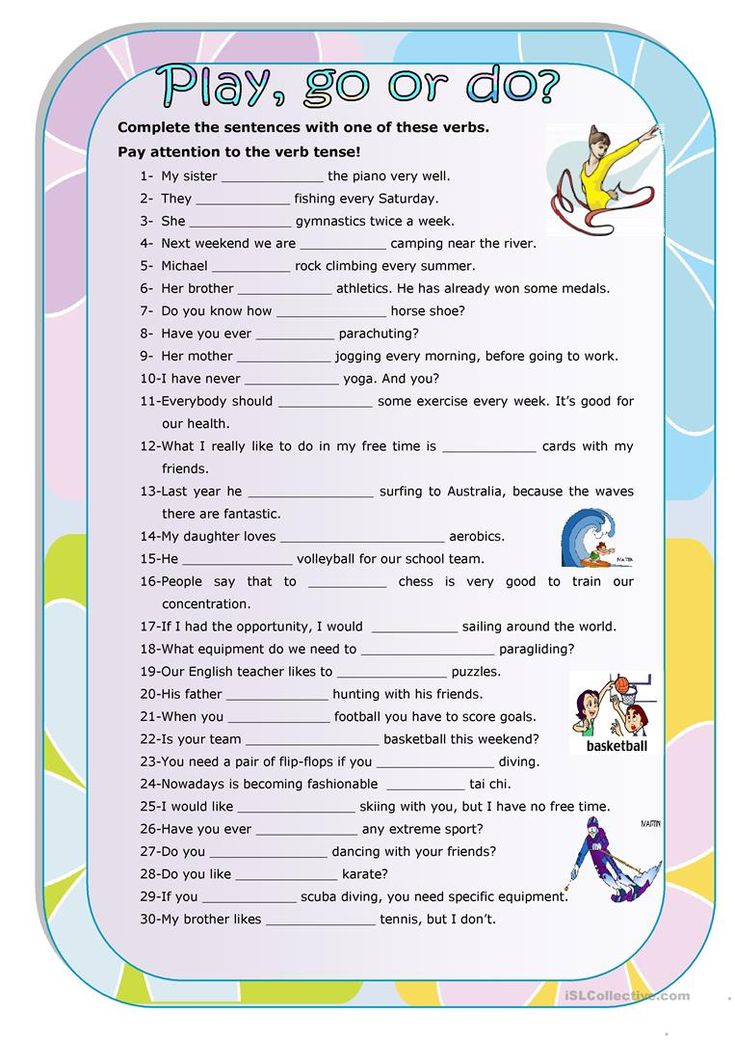 Use the word when
Use the word whenToddlers want what they want and they want it now, and even though you’ve asked them to put their crayons away 10 times, they’re perfectly willing to leave them all over the table if you’ve told them you’re taking them to the park. That’s when you say, “When you pick up your crayons, we’ll go to the park.” Then they know that the park is contingent upon their compliance.
7. “Repeat after me”Building listening skills involves receiving and giving information—and it takes both focus and practice. When you’ve asked them to do something, have them repeat back what you’ve said by saying, “What does Mommy want you to do?”
8. Give positive feedbackWhy not compliment your toddler when they’re doing a great job listening? It’s so easy to point out when they’re not listening, but positive reinforcement can help them make better choices (i.e. listen!) during future interactions.
There are some delightful things you can do to help your toddler develop listening skills:
- Use a puppet to talk to them about anything. It works on children’s TV shows, right?
- Set up a treasure hunt. They have no choice but to pay attention and follow your directions if they want to find rewards.
- Give your activity a theme song. In addition to being silly, it can help them learn and make connections. It makes cleaning up less boring for you, too.
- Read together. This might be the perfect way to help your child engage and listen while spending quality time with you.
- Play Games. Practice with games that require listening skills, like name that toddler tune or I spy.
READ MORE
How To Teach It In Daily Life
What's in this post.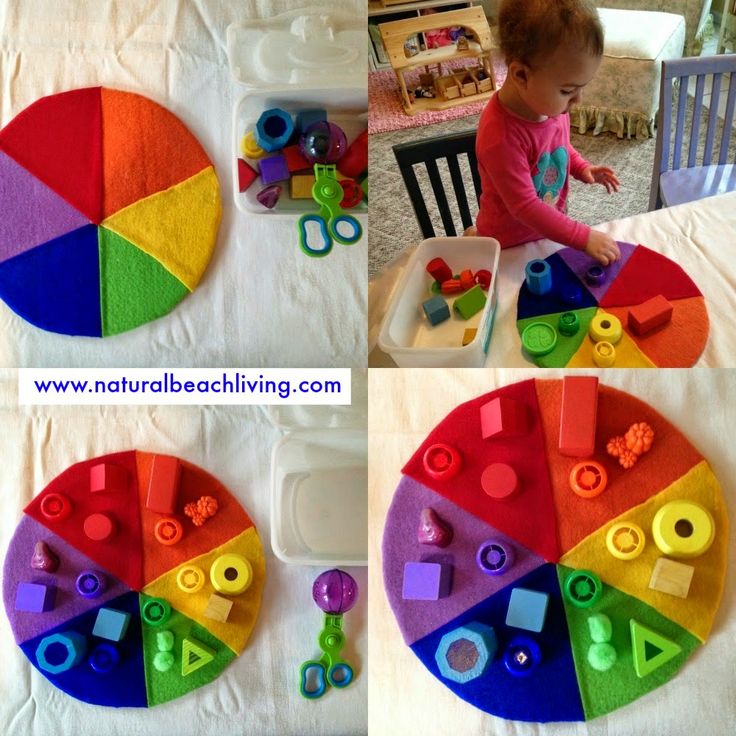 ..
..
Inside: Kids can seem to jump from one thing to another with such quickness. If you’re wondering how to teach your toddler focusing skills, here are my thoughts!
The ability to focus, sit still and pay attention seems to be a lost art among today’s youth.
Experts say it has something to do with the additives and preservatives in our diet, and I am sure it does. But I think it also comes down to our society’s fast-paced-instant-gratification culture.
If we help teach our little ones to focus and set them up for success, they’ll have an easier time in school, activities, and home life.
Much like other life skills, focus is learned.
Self-control is the foundation that focusing skills can be built on.
It’s the same self-control that keeps your daughter from kicking her brother, that helps her sit and wait, and focus on whatever task is at hand.
How in the world can we teach mile-a-minute toddlers to sit still and focus?
How can we increase their attention spans? Well, as the ole tortoise found out… slow and steady wins the race.
How To Teach Your Toddler Focusing Skills
It will take a bit of work, but you can help your toddler learn to focus early on. Here’s how!
Set realistic expectations
Kids can and will rise to your expectations… unless your expectations are unreasonable.
Small children are curious, observant, and excitable. It’s why they are like sponges and learn so much!
The goal is to help instill some self-control and focusing skills without stifling their curiosity or expecting them to behave like older children who have learned the art of focus.
➡️ Don’t expect your toddler to sit still and color for 30 minutes, 5 to 10 minutes is more developmentally appropriate.
Read: Life Skills For Kids By Age (With Printables!)
Life School At Home
Help prepare your kids for life, one skill at a time. Simple, easy skills every month!
Learn More
Routine and order sets the tone for the day
If your toddler is on a routine then he or she is already at an advantage.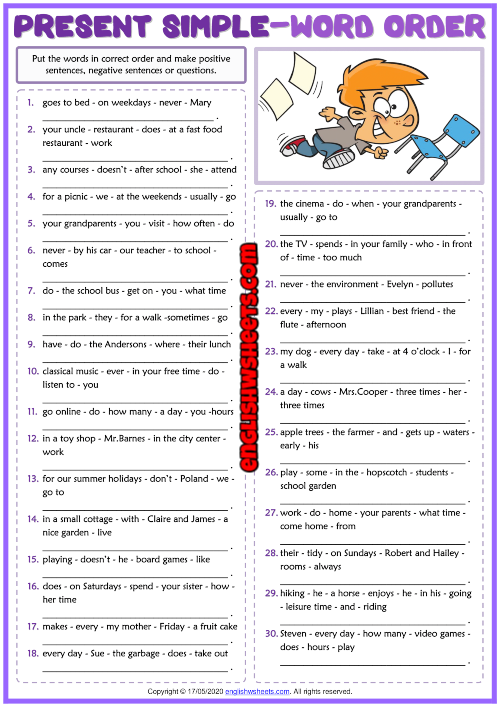
Because of the nature of routine, one thing comes after the other and the tendency to jump ahead and back and forth is minimized.
Kids get used to doing things at certain times in certain orders and not the moment it enters their mind. This helps toddlers to focus on what is before them, knowing their needs are always met in a systematic fashion.
A child who is used to doing what they want when they want will have a hard time focusing for a period of time that someone else chooses. We are giving kids a gift when we teach our little ones to persevere with one activity through to its completion.
50+ Life Skills (By Age!)
Check off critical household, social, and hygiene skills for your child so they’re prepared (not petrified) of growing up!
Routine is an easy way to give them the foundation of self-control.
- 18 Month Daily Routine
- 2 Year Old Daily Routine
- 3 Year Old Daily Routine
Structured times (like independent play) go a long way in teaching focus
During the day there will be time for structured activities.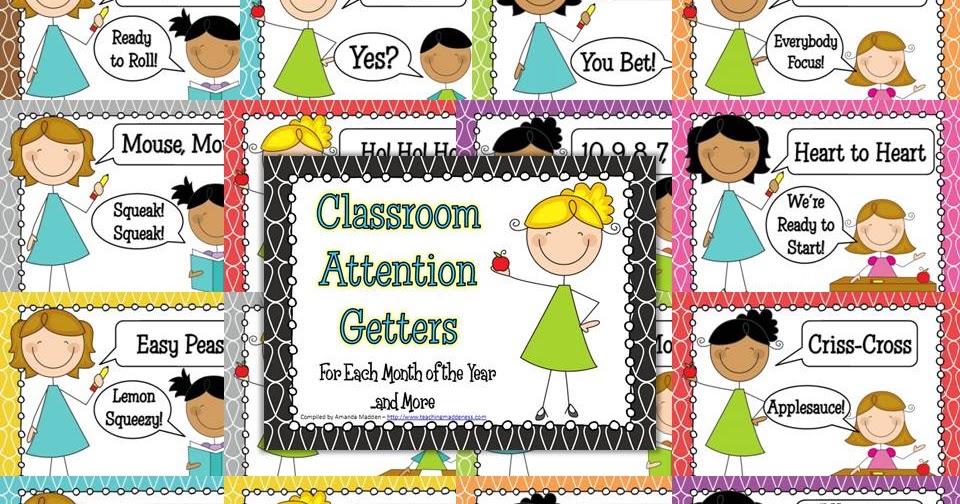 Structured activities are activities with a purpose. Be it coloring, flash cards, crafts, or experiments, you have your child play with you for an amount of time that you choose.
Structured activities are activities with a purpose. Be it coloring, flash cards, crafts, or experiments, you have your child play with you for an amount of time that you choose.
You determine when the activity starts and you determine when it finishes.
If your toddler gets bored two minutes into a ten minute activity… well… you help them re-focus.
Encourage (and perhaps require) them to continue. It is, after all, a game. It isn’t like you are making them eat sour pickles. Doing this consistently helps them learn that sometimes they must go by the timeline of others.
Read: Why Kids Need Independent Play Times Daily
Make focusing fun for your toddler!
Particularly when your toddlers don’t have the hang of focus yet, make the activities fun! Choose games, crafts, experiments, and books that will give the kids a fighting chance.
Starting off with something boring will make it all the more challenging while, if it’s interesting and fun, you may be surprised how long everyone can focus.
Teach them early about how to enjoy a good Quiet Time.
Practice patience in the day to day moments
In my post on how to teach children patience I go into a few tips. Suffice it to say, it’s okay to make your children wait sometimes. I’m not talking about making your children wait for the sake of waiting.
No way!
However, making your children wait for things is not depriving them of something. It’s actually giving them something. And that something is a life skill. All humans must wait for things at times.
It’s okay to sit your children at the table and wait 5 minutes while you prepare their food and serve it. That may seem like an eternity to them, but it is not.
Times like that help your children develop self-control as they are learning to wait and spend time companionably with you while they do so.
Rhythms, Routines, & Schedules Pack
Easy to implement routines, rhythms and schedules from birth through school-aged kids to help you streamline day-to-day life with kids, including a step-by-step guide for getting started.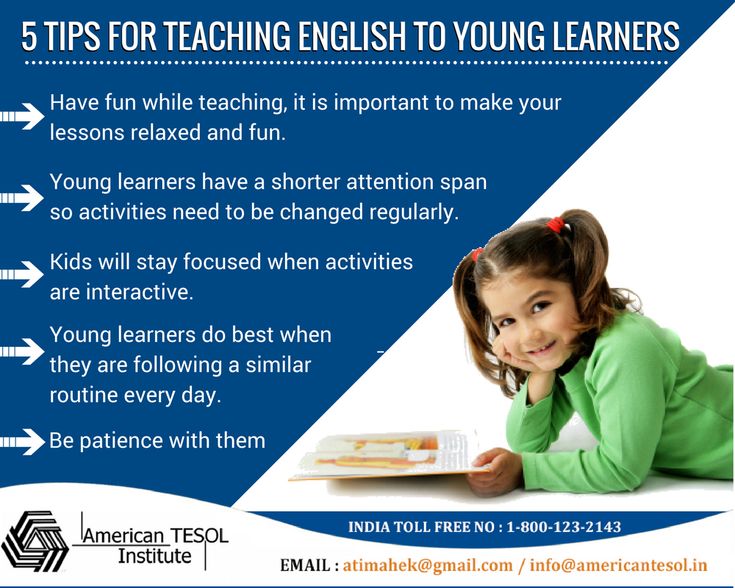
Learn More
Related Activities:
- Easy Toddler Activities With Supplies From Around The House
- 25+ Sensory Activities For Little Ones
- Sample Weekly Activity Plan For 2 Year Olds
Teach your toddler beforehand what you expect, then follow through
I find it immensely helpful to explain beforehand what I expect of my children. This prepares them for what’s to come and helps them buy into the rules they’ll be expected to follow.
If my daughter knows we are going to sing in church and then sit and listen , when she gets the urge to sing or talk during the message I can say quietly “It’s listening time” and it is far easier for her to comply.
Because she’s prepared.
Avoid the “All Of A Suddens”
Explanation helps children prepare beforehand and this aids in their developing self-control.
If they think they’ll be able to talk and play all they want then “all of a sudden” you impose a silent rule on them, you are not giving them time to adjust.
This will seriously test their levels of self-control and set them up to fail.
Persevere, persevere, persevere with the focusing activities
Toddlers are toddlers and they won’t want to sit still for very long. Some of my kids are born focusers, and others can barely sit still. I believe this is due in part to their personalities.
Older babies and toddlers are not born with the developmental ability to focus for long periods.
That is okay.
It is our job as parents to stick with it, persevere, keep on doing what we’re doing and know that our kids will eventually benefit from the effort they put in.
Part of what it takes to succeed academically is to be able to set one’s mind to a task. If you can’t sit still and focus long enough to study or take a test then school will be a challenge.
Related Activities:
- 20 Ways To Keep Kids Busy
- 3 Easy Ways To Paint With Toddlers
- Building Toddler Fine Motor Skills
Daily Routine Brainstorm SHEETS
Get my cheat sheets and find your family’s groove. Chore, independent play, meal, nap, bedtime, and MORE routine ideas!
Chore, independent play, meal, nap, bedtime, and MORE routine ideas!
For just a small part of your day, teach your toddler focusing skills!
It is a separate issue if a child has a learning disorders or other developmental delays, and of course you can’t expect the same behavior from them.
But the goal is to teach our children the self-control and self-discipline necessary to make themselves complete a task set before them.
It will put your children at an immense advantage to spend a small part of your day purposefully developing this quality in your child.
::
How to develop attention in a child: simple ways and tips
home
Knowledge base
5 Easy Ways to Improve Concentration in Children
- Enter rule: One task at a time
- Find and eliminate distractions
- Alternate study and rest
- Do mindfulness exercises
- Come up with a "code word"
The ability to focus on studying information is one of the key skills for successful study. The better the child is able to concentrate, the less time and effort he will spend on learning. And although steady attention does not begin to fully develop until after 9 years, learning in elementary school also requires concentration. How to increase children's productivity and teach a child to concentrate?
The better the child is able to concentrate, the less time and effort he will spend on learning. And although steady attention does not begin to fully develop until after 9 years, learning in elementary school also requires concentration. How to increase children's productivity and teach a child to concentrate?
Enter the rule: "One task at a time"
Often parents themselves rush and knock down the child. Imagine: a schoolboy is solving an example in mathematics, and his mother is sitting next to him and, looking anxiously at her watch, reminds her that she still needs to do her homework in Russian, and there was a lot of work in reading. Of course, the child’s thoughts are immediately carried away from mathematics, and concentration disappears. Therefore, try to immediately indicate the goal while doing homework. For example, “Now we have been doing math for half an hour. You need to solve problems under the numbers ... ".
Tip! The more complex the material, the slower it needs to be learned. After reading a complex paragraph "diagonally", the child will "tick", but is unlikely to learn what he read. Therefore, do not rush, do not set a timer and do not distract the student when he is studying a new topic.
After reading a complex paragraph "diagonally", the child will "tick", but is unlikely to learn what he read. Therefore, do not rush, do not set a timer and do not distract the student when he is studying a new topic.
Find and eliminate distractions
Observe what the child is most distracted by? Reaching for the phone? Looking at the book on the table? Or maybe his eye is attracted by a bright poster hanging above the work area? It is helpful to make a list of irritants and think about how you can eliminate them. By the way, this advice works well for adults too.
Advice to parents: in order to teach a child to concentrate, an adult himself needs to understand "how it works." Try to calm your "restless mind" and track the running of thoughts at the moment of doing this or that thing. Track thoughts when you worry about the future or worry about something that cannot be changed. Get rid of these mental habits gradually. It is useful to keep a diary of thoughts, do breathing exercises.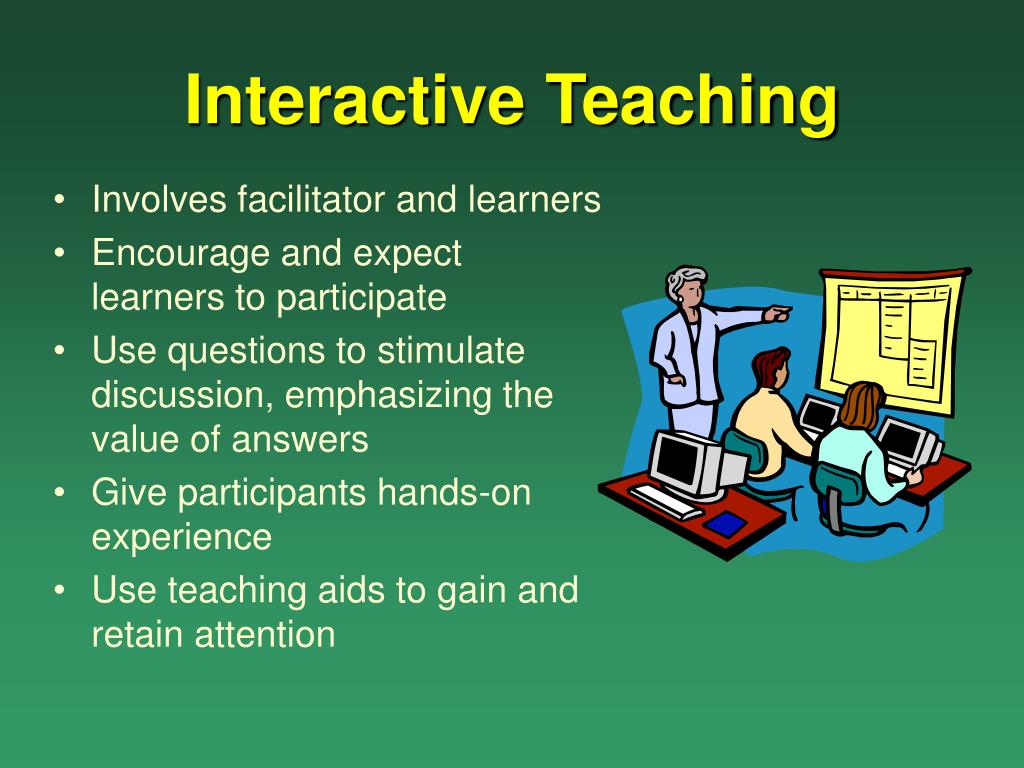
Read also: How to deal with anxiety and stay calm?
Alternate study and rest
Consciousness is cyclical, and periods of increased concentration are followed by periods of relaxation and low concentration. According to research, in the first grade, children can focus on one thing for 12-35 minutes, in the second - from 16 to 40 minutes. By the end of elementary school, the maximum concentration time increases to 50 minutes.
During study and other activities that require a high concentration of attention, it is necessary to give the child a rest. You can use the Pomodoro method, where every 15-25 minutes of work you are given 5-10 minutes of rest, or you can look at the state of the child. The main thing is that the activity during the break does not require high concentration. For example, you can do a simple physical exercise, dance, look out the window, drink a glass of water (lack of fluid affects the brain and the ability to concentrate).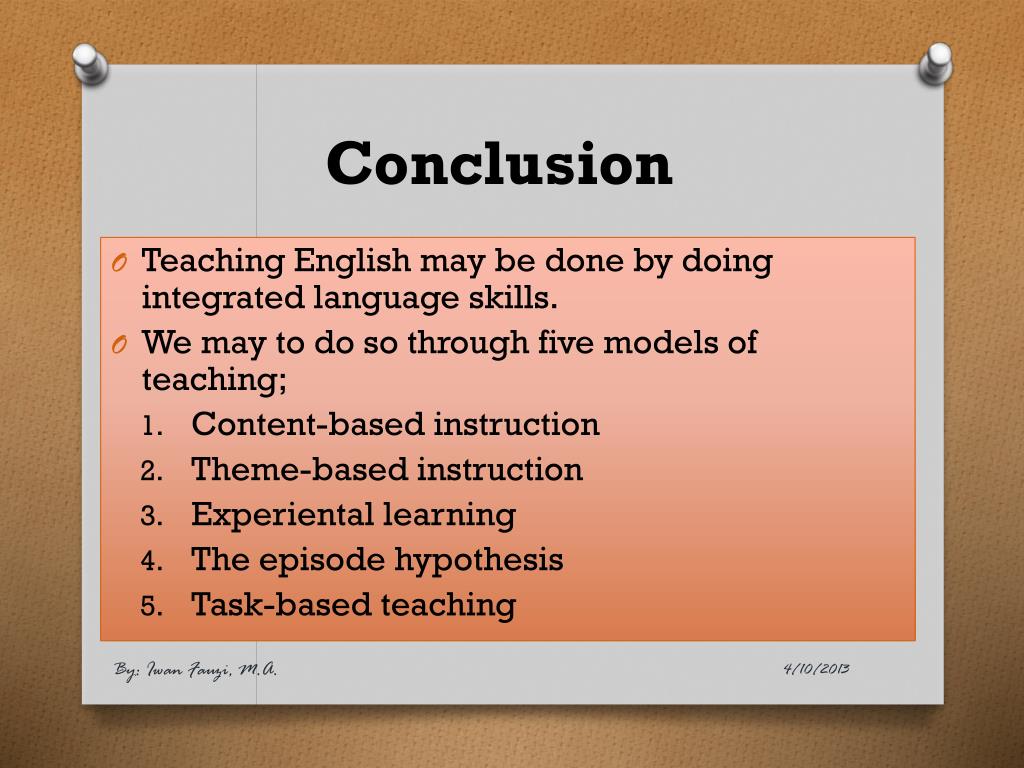
Tip! If your child has poor attention span and is often distracted, do not require him to sit on one task for 20-40 minutes, even if it is written in the norms for his age. Start with small intervals: 3, 5, 10 minutes.
See also: How to teach a child to do homework independently and quickly?
Do mindfulness exercises
- Tell about the subject. Give the child any object and ask him to study it for a minute, without being distracted by anything. Next, remove the item. The child should tell about it in as much detail as possible. What is it made of? What colour? What are the nuances?
- Schulte tables. These are tables with numbers written in random order. The child must find and show all the numbers in order as quickly as possible.
- Correction samples (Bourdon test). This is a sheet on which figures (drawings, numbers, letters) are randomly depicted. The task of the child is to look through the rows from left to right, find and cross out certain images.
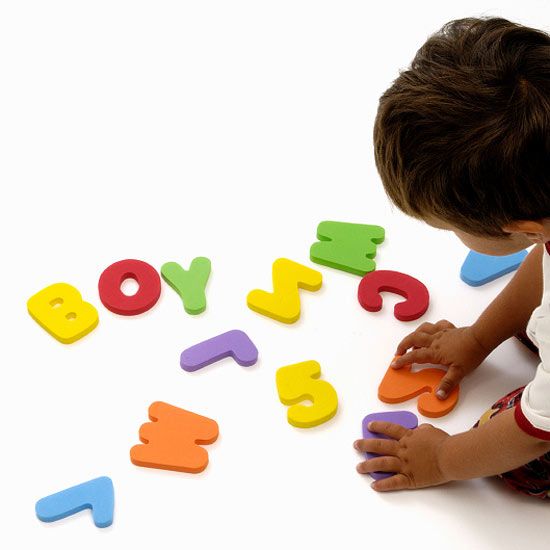 In a more complex version, one image needs to be crossed out, another underlined, the third circled, etc. This exercise can also be done with plain text. The child is given a task: for example, circle all the letters H (syllables HA, words starting with the letter H, etc.).
In a more complex version, one image needs to be crossed out, another underlined, the third circled, etc. This exercise can also be done with plain text. The child is given a task: for example, circle all the letters H (syllables HA, words starting with the letter H, etc.). - The day is reversed. Before going to bed, ask your child to remember the whole day, but in reverse order. For example, a child brushed his teeth and went to bed, before that there were games before going to bed, dinner, homework preparation, etc.
- Münsterberg test. The student is offered a series of random letters, among which the word is hidden.
Come up with a "code word"
Agree with the child that as soon as he begins to be distracted, you will say a "code word" that will indicate this to him. The word can be anything: “Attention!”, “You are distracted”, “Concentrate”, etc. The main thing is that the word really returns the child to what he is doing.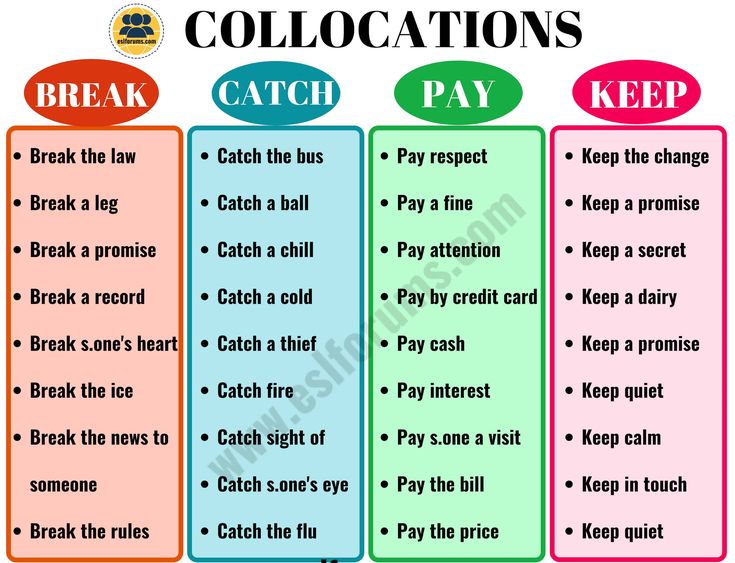
Tip! If the “brilliant thoughts” that come one after another do not allow the teenager to focus on one thing, offer this option. Let him put a piece of paper next to the workplace and briefly write down everything that needs to be remembered. This information can be dealt with later.
The problem of low concentration of attention in children and adolescents is very relevant today. A big role is played by gadgets that reduce the ability to concentrate and form superficial thinking. However, with the help of special exercises and dosing of the child's communication with gadgets, one can achieve good results and increase the concentration of attention among schoolchildren.
Preparation for school Family Success Comprehensive child development All tags
Comprehensive development Preparation for school TRIZ All disciplines
Our disciplines
Children's theater studio
Vocals
Choreography for children
Acting skills
Stage speech
History of Russia for children
Art history for children
Developmental classes with a psychologist
Preparation for school
English
Speech therapist
Sunday School
Adult Catechism
Psychologist
Business School
Comprehensive Development
TRIZ
Academy of Humor
Drawing
Other articles
New! Remember Everything: 6 Effective Ways to Improve Kids' Memory
Learn more
Theater studio - a space for the development of personality
More details
4 “soft” techniques for communicating with children
Read more
5 studies to help your child learn better
Learn more
Problems with socialization in children: why do they arise and how to solve them?
Read more
Development of attention concentration in preschool children
Primary school teachers often notice that today's children do not have enough attention to memorize and assimilate educational material well.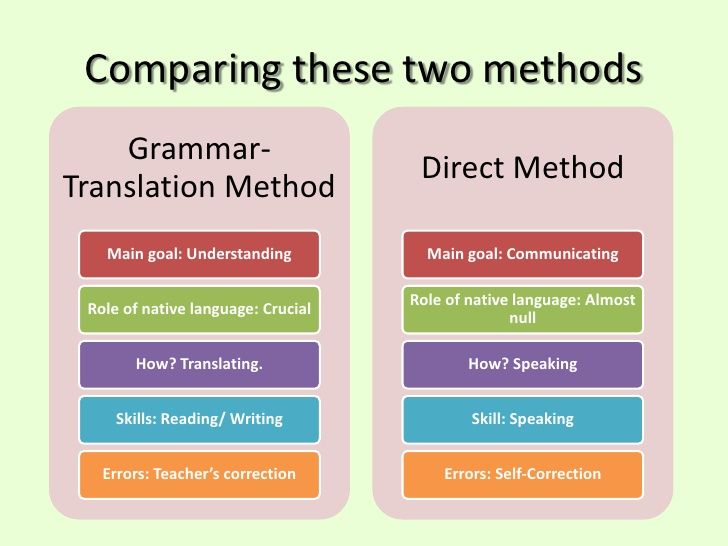 Therefore, many parents think about how to train the concentration of their children even when they are just preparing to enter the first grade. But why is it so important to train attention and what exercises are best suited for this?
Therefore, many parents think about how to train the concentration of their children even when they are just preparing to enter the first grade. But why is it so important to train attention and what exercises are best suited for this?
What is attention
The human intellect has many aspects - memory and memorization, logical and creative thinking, the ability to analyze and draw conclusions based on any information. It is these abilities that parents try to develop in their children in order to prepare them for further studies in school. But there is one more skill that is absolutely necessary for productive learning in the first grade. We are talking about the concentration of attention, which can and should be developed even in preschool age.
It is attention that allows a person to focus both on the learning process and on any other type of activity. A concentrated child or adult absorbs information better, as he does not get distracted and does not miss important details.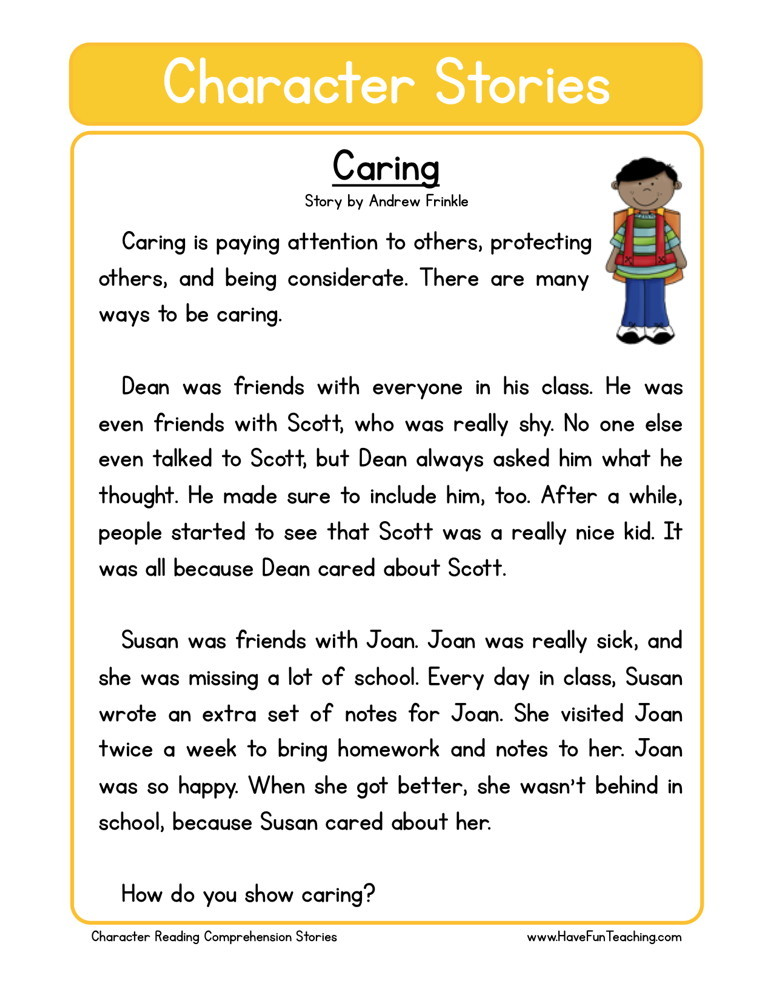 All this allows you to more effectively absorb knowledge and spend less time mastering any material.
All this allows you to more effectively absorb knowledge and spend less time mastering any material.
Like any other area of the intellect, the ability to maintain concentration must be trained. But, when it comes to the development of attention in children 6-7 years old, you need to take into account the age characteristics of the child in order to choose the right educational games and exercises. Let's talk about the nuances that parents need to take into account.
Attention in preschool children
At preschool age, it is difficult for children to concentrate on any one process: they are constantly distracted, switching to new, more interesting activities. Parents rarely manage to captivate the kids for a long time: as a rule, after a few minutes of completing developmental tasks, they lose interest in what is happening. Because of this, the process of preparing for school takes so much time, requiring a lot of strength and patience from parents.
One reason a child has difficulty concentrating is mobility.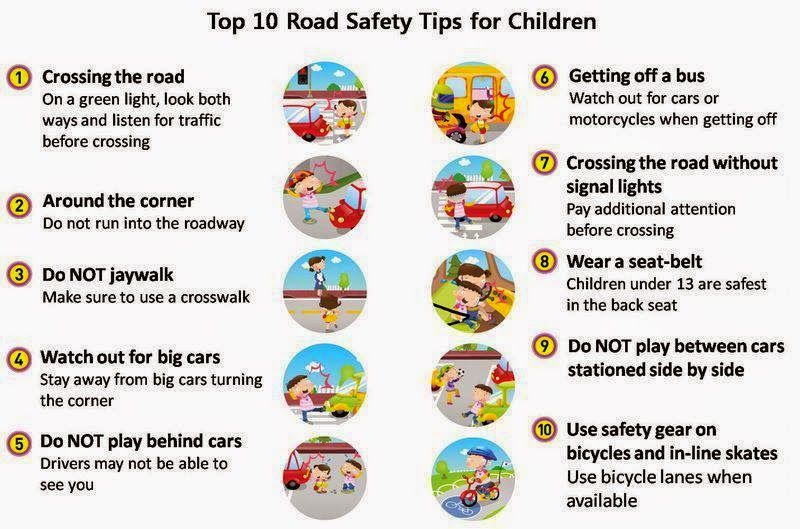 At 6-7 years old, children are in dire need of physical activity: they are full of energy, they want to run, jump, have fun, and not perform any difficult and tedious exercises. Therefore, the training of any skill, including attention, should take place in the format of a game in order to make classes not only useful, but also exciting for the baby.
At 6-7 years old, children are in dire need of physical activity: they are full of energy, they want to run, jump, have fun, and not perform any difficult and tedious exercises. Therefore, the training of any skill, including attention, should take place in the format of a game in order to make classes not only useful, but also exciting for the baby.
For this it is important to choose a variety of exercises. You can do it not only at home, but also on the street, because many educational games for children involve physical activity. Let's look at a few activities that will help improve the concentration of preschoolers and have fun with the whole family.
Games and exercises
There are a number of tasks aimed at developing concentration of attention in preschoolers and children of primary school age. Some of the most effective are the following games and exercises:
- exercise "Associations". The parent calls any word, and the kid must come up with an association to it.
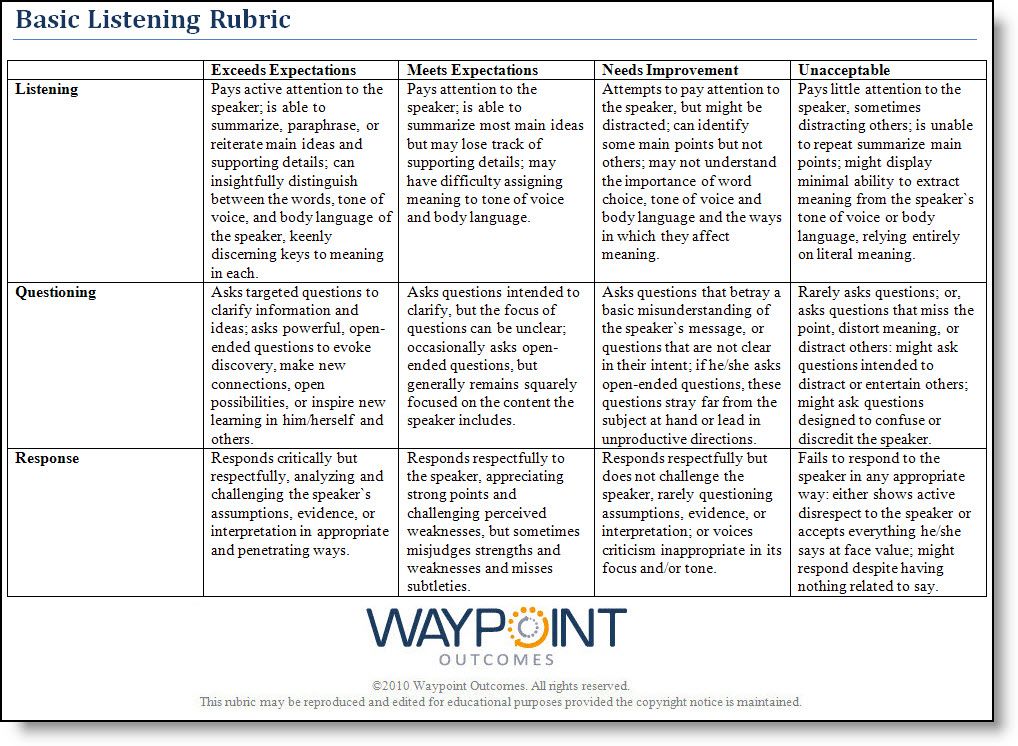 So it turns out a kind of game in which whole chains of interconnected words are born.
So it turns out a kind of game in which whole chains of interconnected words are born. - game "Forbidden movement". The parent chooses a movement or gesture that he declares forbidden. For example, the pose with arms raised up was forbidden. Now the parent shows the different moves and the children have to repeat all of them, except for the one that was announced at the beginning.
- ear-nose game. The host calls a part of the body, and the players should not be confused and quickly touch it on themselves. This fun game develops not only mindfulness, but also reaction speed.
- Edible-Inedible game For this game you will need a ball and a small company. The players stand in a line, and the leader alternately throws a ball to each of them, naming a word. If the voiced word refers to food, then the player must catch the ball with his hands, and if not, then push it away.
- counting exercises. Not only games, but also various exercises do an excellent job of developing mindfulness.
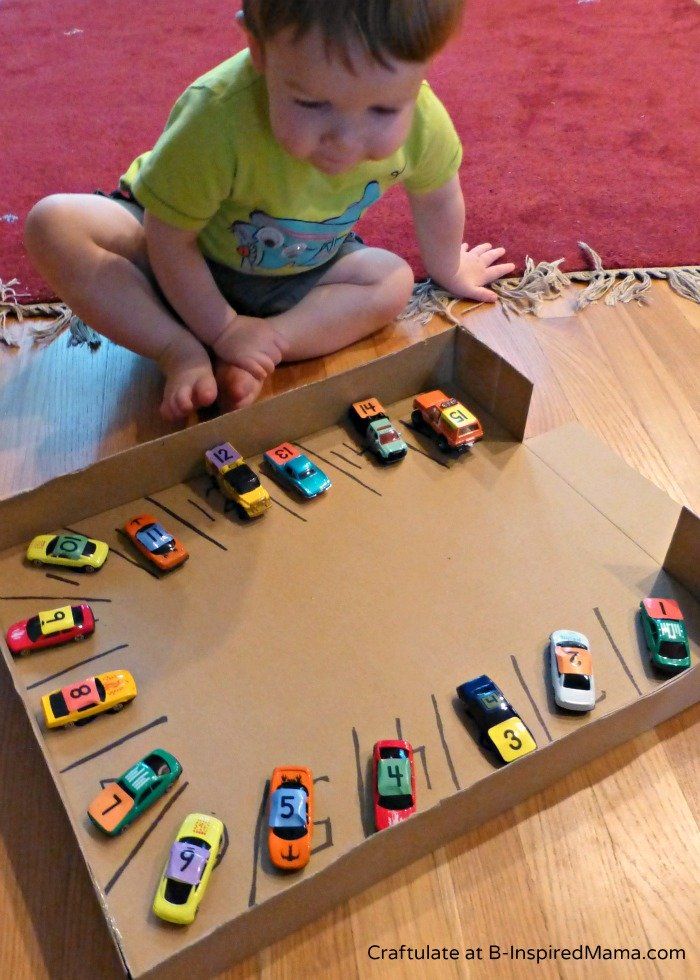 So you can invite a preschooler to count from one to ten, and then vice versa. If the baby already knows the score well, then you can offer him more complex options for this task: counting by tens or by even numbers.
So you can invite a preschooler to count from one to ten, and then vice versa. If the baby already knows the score well, then you can offer him more complex options for this task: counting by tens or by even numbers. - exercises for the development of memory and mindfulness. You can offer the following game: lay out several different objects on the table, let the baby remember them well, and then remove them. After that, ask how many objects of a certain color and shape were there.
These exercises and games can help develop baby's mindfulness. But will they be enough for a full-fledged concentration training?
Methods for the development of attention
Not only mindfulness, but also the memory of babies must be trained, because both of these areas of intelligence are aimed at the productive assimilation of knowledge. Developing games on the street and at home do not always cope with this task, being more like additional training than a full-fledged set of exercises.